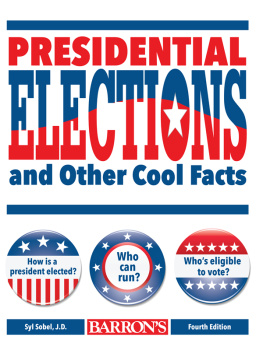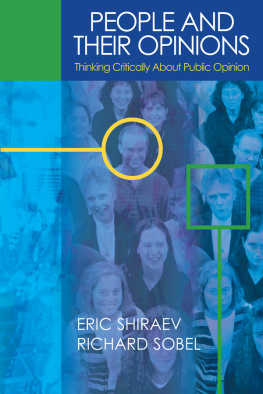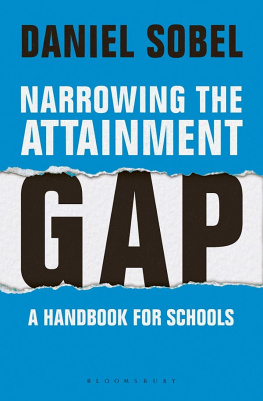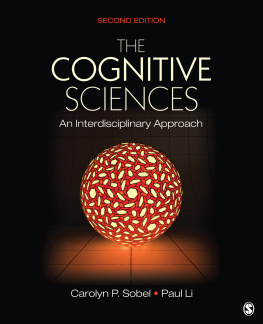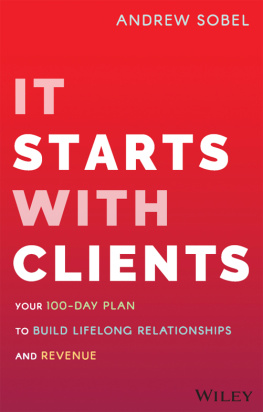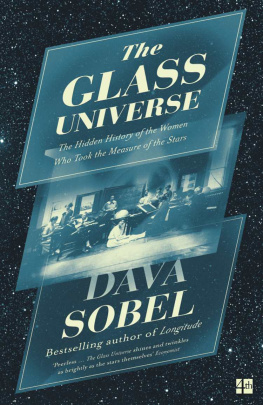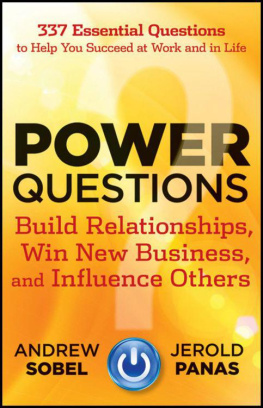Teach Me Dreams
FIGURE 1. Mandala of The Self by A. B. in The Columbian Magazine, February 1789.
Teach Me
Dreams
The Search for Self in
the Revolutionary Era
MECHAL SOBEL
Princeton University Press
Princeton and Oxford
Copyright 2000 by Princeton University Press
Published by Princeton University Press, 41 William Street,
Princeton, New Jersey 08540
In the United Kingdom: Princeton University Press, 3 Market Place,
Woodstock, Oxfordshire OX20 1SY
All Rights Reserved
Library of Congress Cataloging-in-Publication Data
Sobel, Mechal.
Teach me dreams : transforming the self in the revolutionary era / Mechal
Sobel.
p. cm.
Includes bibliographical references and index.
ISBN: 978-0-691-11333-3
eISBN: 978-0-691-22832-7
1. United StatesHistoryRevolution, 1775-1783Social aspects Sources. 2. United StatesHistoryRevolution, 1775-1783Influence Sources. 3. United StatesSocial conditionsTo 1865Sources. 4. DreamsSocial aspectsUnited StatesHistory18th centurySources. 5. DreamsSocial aspectsUnited StatesHistory19th century Sources. 6. EmotionsSocial aspectsUnited StatesHistorySources. 7. Self-perceptionUnited StatesHistorySources. 8. Social interaction United StatesHistorySources. 9. American prose literature1783- 1850History and criticism. I. Title.
E209 .S68 2000
973dc 00-021230
www.pup.princeton.edu
R0
For Zvi
with love
And in memory of
Bernard Steinberg and Brian Stonehill
for their dreams and for their lives,
which ended too soon
Stand Asleep or Vigil Song
I make myself sleep. I make myself sleep.
I bring myself to dream. I bring myself to dream.
Come here dreams. Come here dreams.
Teach me dreams. Teach me dreams.
Osage Tribe, The Rite of Vigil
Illustrations
Mandala of The Self by A. B. The Columbian Magazine, February 1789. Courtesy, American Antiquarian Society. Frontispiece.
.
Acknowledgments
I HAVE BEEN working for over a decade on this project; during that time I found that it took hard (figurative) bangs on the head to get me to see what was in my hands in a new way. Much like the people I was writing about, I, too, could not move out of a fixed view without a powerful emotional experience and a new commitment. The critiques of Betty Adelson, Greg Dening, Michael Fellman, Bill Freedman, Lorry Greenburg, Grey Gundaker, Linda Kerber, Kenneth Lockridge, Donna Merwick, Fredrika Teute, Al Young, and David Waldstreicher played important roles for me in this process. I found many of their comments crucial as I rethought the issues involved. Nevertheless, some of the important questions they raised remain unanswered. For example, Betty Adelson asked, and I have not fully answered, Where are the mothers? So little was said of them in life narratives.
I also want to thank those who shared dream reports they found while doing their own research: Maya Talmon Chveiser, Elaine Crane, Douglas Deal, Haggai Doron, Robert Gross, Sharon Halevi, Graham Hodges, Dick Newman, Anthony Shafton, Manfred Wasserman, and most especially Jon Butler, who sent me a number of dreams he had assembled in the course of his work on Colonial New England. Jenna Loosemore and Cathy Grosfils have my special thanks for graciously facilitating the acquisition of a large number of the illustrations.
Many others have given me support, among them Montague Ullman, Ron Hoffman, Loretta Valtz Mannucci, and Mark Mancall, who long ago said do it, and Brigitta van Rheinberg, who as sponsoring editor at Princeton University Press played an important role. I also want to thank my children, Mindy Ivry, Daniel Sobel, and Noam Sobel, and their families, Adam, Asa, Avigael, Danny, Elya, Era, Hadas, Hillel, Ilanah, Nahum, and Nira, who have given me so much, and most especially my husband, Zvi Sobel, who accepted with grace my spending endless days and nights with dreamers long dead.
Teach Me Dreams
Introduction
In the process of writing or thinking about yourself, you actually become someone else.
Paul Auster
T ODAY the acceptance of an inner consciousness of self is so widely taken for granted that it is hard to realize how modern this development is. At the outset of the eighteenth century most people seemed to regard themselves as having porous boundaries and as part of a wider or we-self.
When the writing of self-narratives became ritualized, it was also, in part, because transforming images, often first taken note of in visions and dreams, could be preserved in these documents. A very large number of the autobiographical narratives from the early modern periodover half of the more than two hundred autobiographies considered for this studycontain such dream and vision reports. When written, these dramatic envisionings of dreams were much like plays, which may well have helped the writers see themselves as actors in a drama.
Studies of self-fashioning in other places and/or other periods have suggested that such change is brought about by opposition to an enemy other and through commitment to a legitimating authority.
At the opening of this period, life narratives retold what had happened to a person: Events were recounted by narrators who viewed themselves as observers of happenings and emotions that had taken them over. Over the course of this period, as narrators moved from a sense of a we-self to a far more individuated I they began to attest to changes they believed they were initiating both in their outer and inner lives, and a radical change began to take place in their narratives. It was as these narrators began to document their acts of commitment to outside authorities and to recognize or create enemy others that they began, as well, to see their lives as patterned dramas in which they had to make fateful choices. Increasingly, individuals began to see themselves as dramatic actors, and some went further and came to see themselves as self-creators.
In creating these new narratives of their lives these individuals found coherence and purpose and gave new structure to the self. The narratives these people wrote not only record these changes occurring in the self; they were also agents of change in and of themselves. In the early modern era writing a life narrative aided in the reframing of the past, expanded the consciousness of self, and prepared the individual (as well as many of those who read the narrative) for a new future.
By the close of this period, the ideal white male was individuated, self-concerned, and determined to succeed in a rapacious market economy. The subtext of this ideal was the expectation that white women and all blacks would remain enmeshed in a communality and serve the needs of increasingly individuated white males. Women, white and black, and black males had to respond to this situation as best they could. Some tried to adopt the same goal of individuation that white males were adopting; others reacted against it and actively sought to strengthen communality; most (including most white males) were limited by both social and economic circumstances to continuing their more communally embedded self-orientation.





